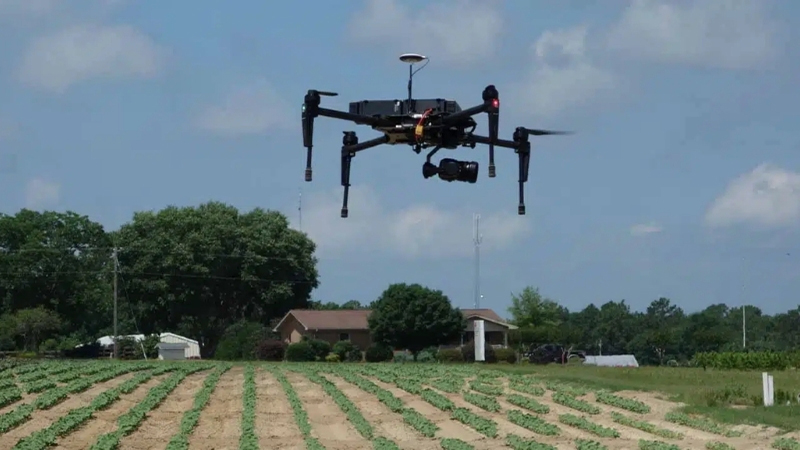Weathering the Storm
Over a year ago, I sat in Bill Kennedy’s office in the tiny town of Inverness, MS, talking to the long-time ginner about the dwindling number of cotton acres in the Mississippi Delta, and the effect it was having on the industry. More specifically, I asked Mr. Kennedy just how he and the gins around him expected to stay afloat.
Fast forward to earlier this summer, when I attended a Southern Cotton Ginners Association convention in Branson, MO. Conditions certainly hadn’t changed much in the year between those two assignments, but then again, neither had the resilience I encountered from the ginners I spoke with. Most all were clinging to the same mode of operation: Diversify when possible. Be efficient. Survive.
In this month’s edition of Cotton Grower, we’re again focusing on gins, and the impact they are feeling from decreased acreage. We examine the Lubbock Cotton Growers Co-op Gin ― a gin is somehow being built during these trying times ― and we also take a close up look at the positive impact cotton has on local economies as compared to its competitors like corn and soybeans.
We’re also looking at the need to rotate acres from a resistance management standpoint. As glyphosate resistance spreads into Tennessee, Arkansas and Mississippi, weed experts are beginning to advise growers to diversify their treatment pattern by diversifying their acreage. In many cases, that could mean soybean and corn fields will switch back into cotton in the coming season.
And just to keep up with some entrepreneurial production practices, Henry Gantz caught up with Arkansas grower Joe Whittenton. Whittenton may very well be the only man using drip irrigation in the central time zone. Well, maybe not the only one, but we think you can count the drip irrigation users in the Mid-South on one hand.
Whittenton’s ability to think outside of the box is truly a common theme in this month’s Cotton Grower. As we head into the home stretch of the 2009 production season, maybe we can all take a minute to think about tweaking our practices a little. It’s that sort of innovation, and the type of resilience seen in America’s ginners, that will help us survive until cotton prices make a rebound.









